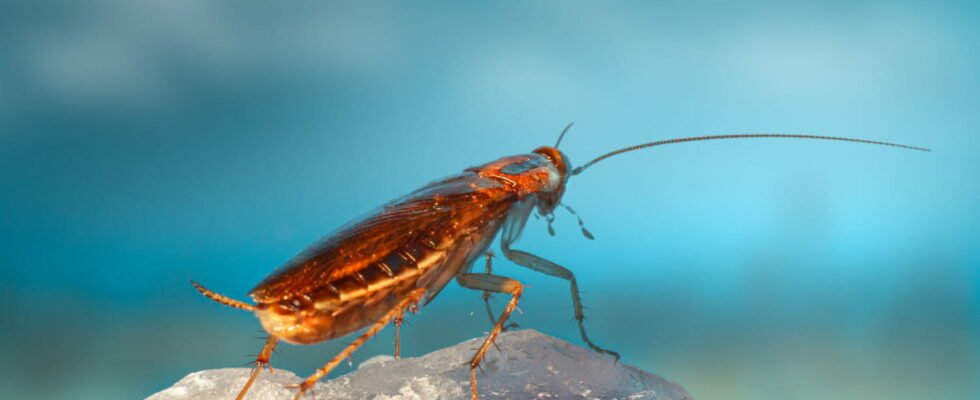A team of Japanese and Singaporean researchers is testing a remote control system for cockroaches to intervene in hard-to-reach places and search for disaster victims.
Imagine cockroaches, those insects that we generally avoid in disgust, transformed into miniature heroes. This is the improbable mission that Japanese and Singaporean researchers have given themselves, as reported by the very serious American scientific magazine Futurism. Their objective ? Equipping these insects with an electronic system and miniature accessories allowing them to be controlled remotely to send them to inaccessible areas, such as rubble after an earthquake.
The idea may seem far-fetched, but it is based on a noble intention: to save lives. Indeed, these “cyborg cockroaches”, capable of slipping into the tightest places, could carry miniature cameras or gas sensors to locate survivors or detect potential dangers.
To carry out this ambitious project, the researchers chose Madagascar cockroaches, robust insects that can reach 7 centimeters long, as guinea pigs. These cockroaches were fitted with tiny “backpacks” containing electrodes placed on either side of their sensory organs. By sending electrical pulses from a computer, researchers can direct the cockroaches in a swarm-like fashion, as if they were a single infantry unit.
One advantage of this approach is that cockroaches retain their ability to maneuver around and climb obstacles. The operator only guides them to the left or right, like a rider directs his horse. This combination of human control and animal intelligence allows for great flexibility and rapid adaptation to the environment.
Researchers are not limited to rescue missions. They also plan to use these cyborg cockroaches to carry out environmental surveys over large areas or even for military applications. Indeed, the discretion and infiltration capacity of cockroaches could be valuable assets in certain contexts.
While the idea of remote-controlled cockroaches may elicit mixed reactions, the potential of this technology is undeniable. By combining the natural abilities of insects with electronics and computing, researchers are paving the way for innovative applications that could save lives and improve our understanding of the world around us.
The Japanese-Singaporean team does not intend to stop there. They plan to integrate tricolor cyborg crabs into their animal army, taking advantage of their robustness for more difficult tasks. This project, still in its early stages, shows the creativity and ambition of researchers who are exploring new avenues to meet tomorrow’s challenges. Remote-controlled cockroaches could well become the unexpected heroes of the near future.
